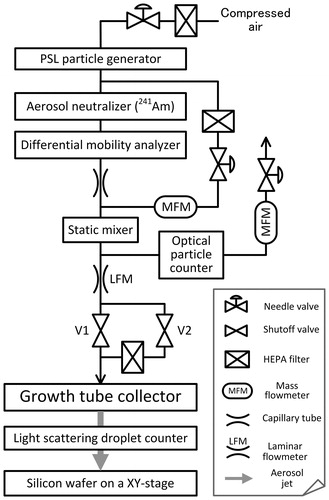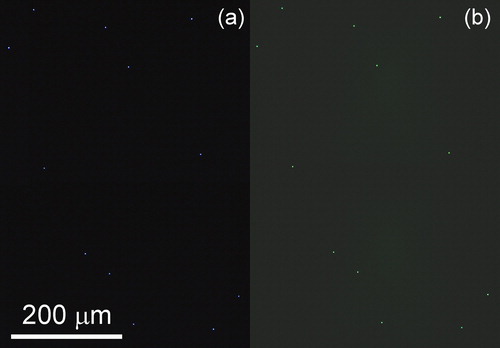Figures & data
Figure 1. Illustration of (a) GTC, (b) droplet detection and deposition system, and (c) the trajectories of streamlines and condensation-grown droplets.

Table 1. Experimental procedure for a PNS wafer.
Figure 3. PSD measured by the LS-DC. Solid, long dash, and short dash lines are the PSD of PSL particles whose diameters are 0.81, 2.0, and 3.2 µm, respectively. Solid gray lines are condensation-grown droplets whose seed particles are 0.81 µm PSL particles. Particle diameter is defined as PSL-equivalent optical diameter.
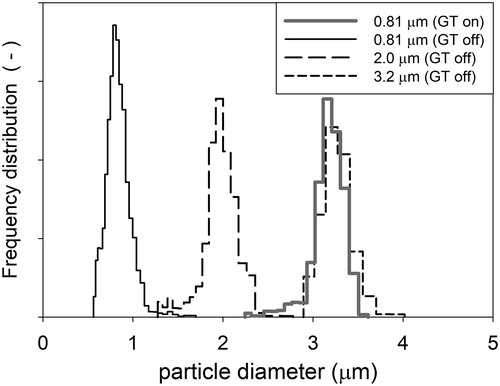
Figure 4. SEM images of the deposited particles on a wafer at rest. Gray arrows in the inset image indicate PSL particles whose average diameter is 0.814 µm.

Figure 5. Particle number conversion factor, Five wafer samples were made on a day, and the same experiments were carried out for five days. The dotted line is the average value.
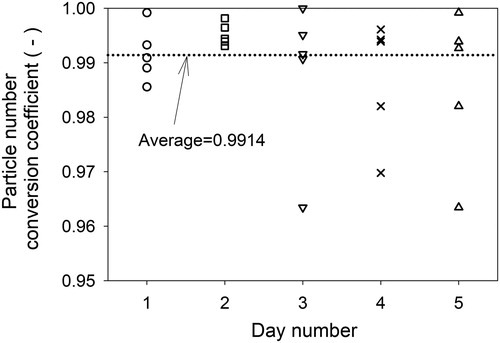
Table 2. Uncertainty analysis on the experimentally evaluated PNCC,
Figure 6. (a) Example of a programed deposition trajectory and (b) a map of particulate matter observed on a fabricated PNS wafer (right). A WSS (Minimal WSS, YGK, Japan) was used to detect particulate matters on the wafer.
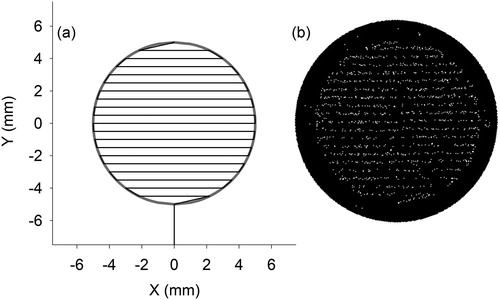
Table 3. Uncertainty analysis on the predicted number of particles on a newly fabricated PNS wafer,
Figure 7. Optical micrograph of a PNS wafer whose particle number is about 11,000. PSL particles with a 0.814 µm particle diameter were used to fabricate the PNS wafer. A laser optical microscope set to 10× magnification was used to obtain the image. Inset image is the close-up of the boxed area under 100× magnification.
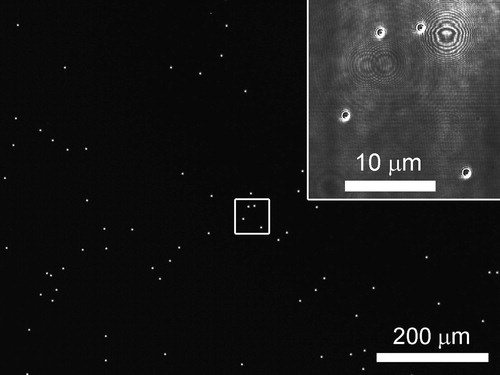
Figure 8. The ratio of particle number on a fabricated PNS wafer measured by optical microscope, to the predicted particle number. “In series with GTC” means the predicted number
is measured by the LS-DC at the exit of GTC. “In parallel with GTC” means that the predicted number
is calculated from the number concentration measured by an OPC upstream of the GTC and the sampling flowrate of the GTC. Dashed lines are 95% confidence intervals calculated from the uncertainty analysis. Gray lines are 95% confidence intervals of a scenario in which Poisson sampling process is the only source of uncertainty.

Table 4. Summary of fabricated PNS wafer with 0.814 µm PSL particles.
Figure 9. Optical microscope image of fluorescent particles on a PNS wafer. Particle diameter is 0.046 µm. The image was taken under fluorescence mode with an Axio Imager 2 (Carl Zeiss Germany).
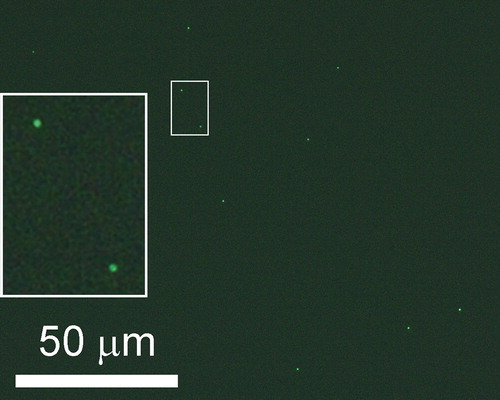
Table 5. Summary of particle size dependence of

